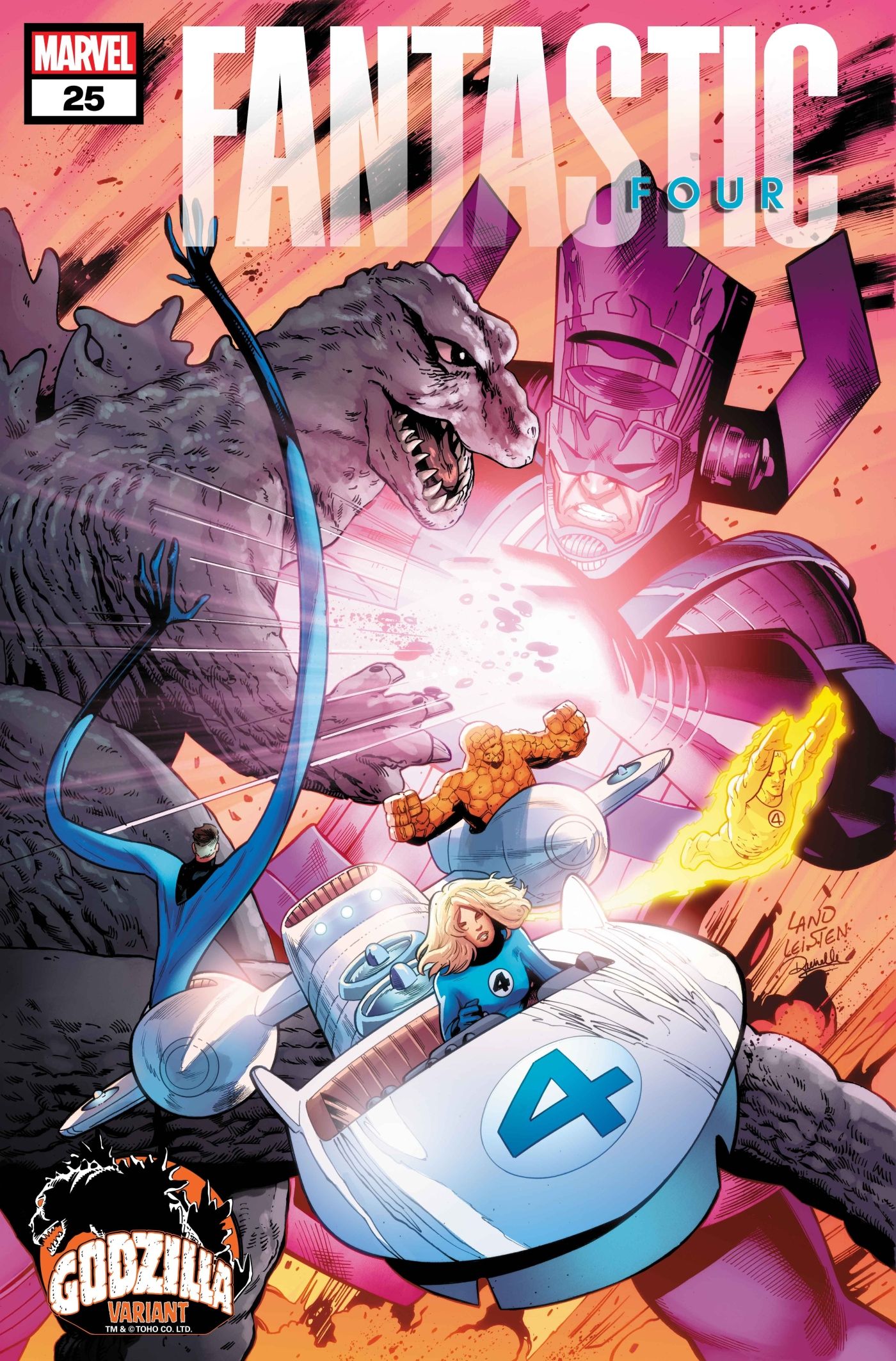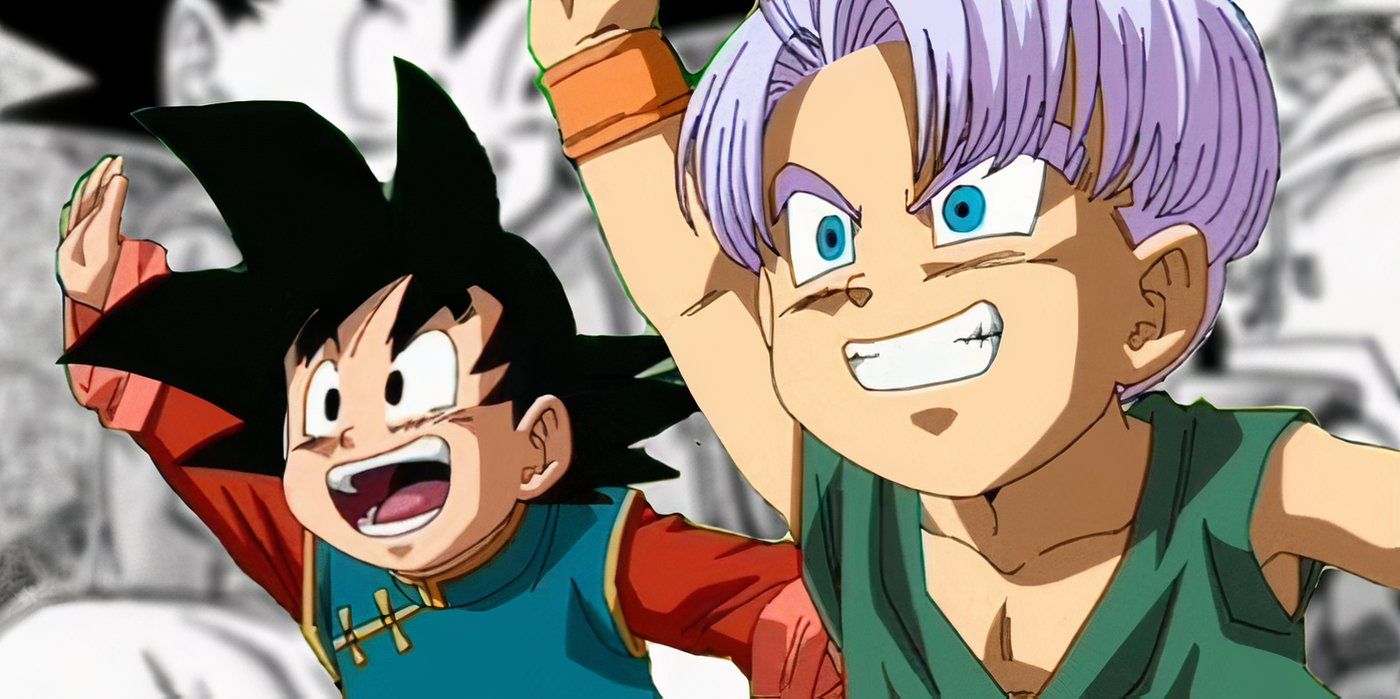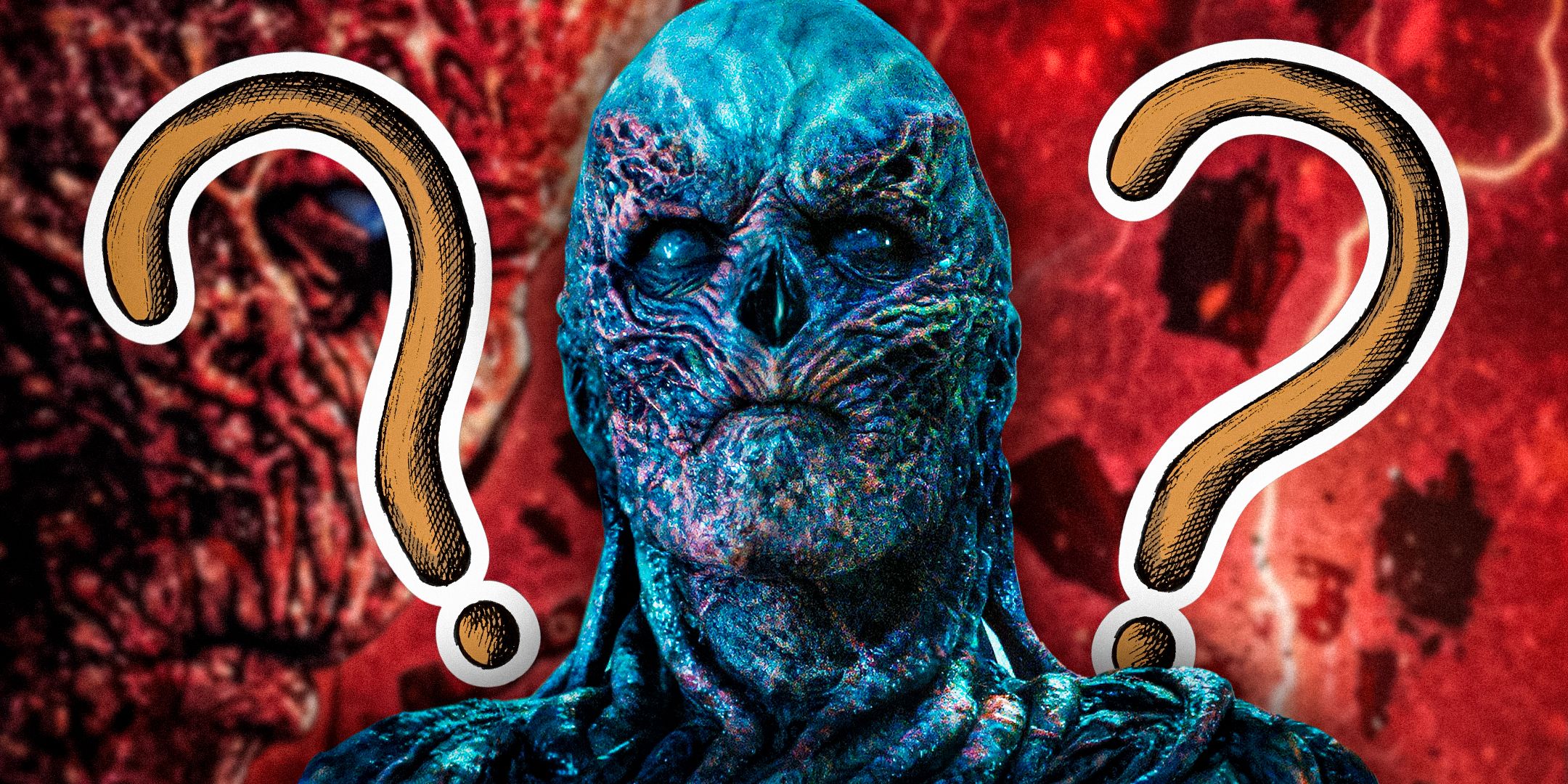Sci-fi books have long been considered both warnings and predictors of potential dangers of the future, and the books that stay closer to science than fiction are especially poignant. Often focusing on themes like the climate crisis, nuclear war, and the potential threat of technological development like artificial intelligence, science fiction novels prey on and generate some of the biggest cultural anxieties of the period it’s written in. However, this immediacy of the plot and themes effectively gets the message across, shaking readers to their core.
While some great sci-fi books were made into terrible movies, it’s somewhat easier to take on the adaptation of a novel with roots in reality. Looking back on classic sci-fi novels of the twentieth century, it can feel like the contemporary world is one of speculative fiction, considering the speed of technological innovation. However, it’s important to remember that the takeaway from sci-fi books with roots in actual science shouldn’t be to worry about the future but to invest in the present and treat others with the empathy and concern given to characters in the pages of a favorite story.
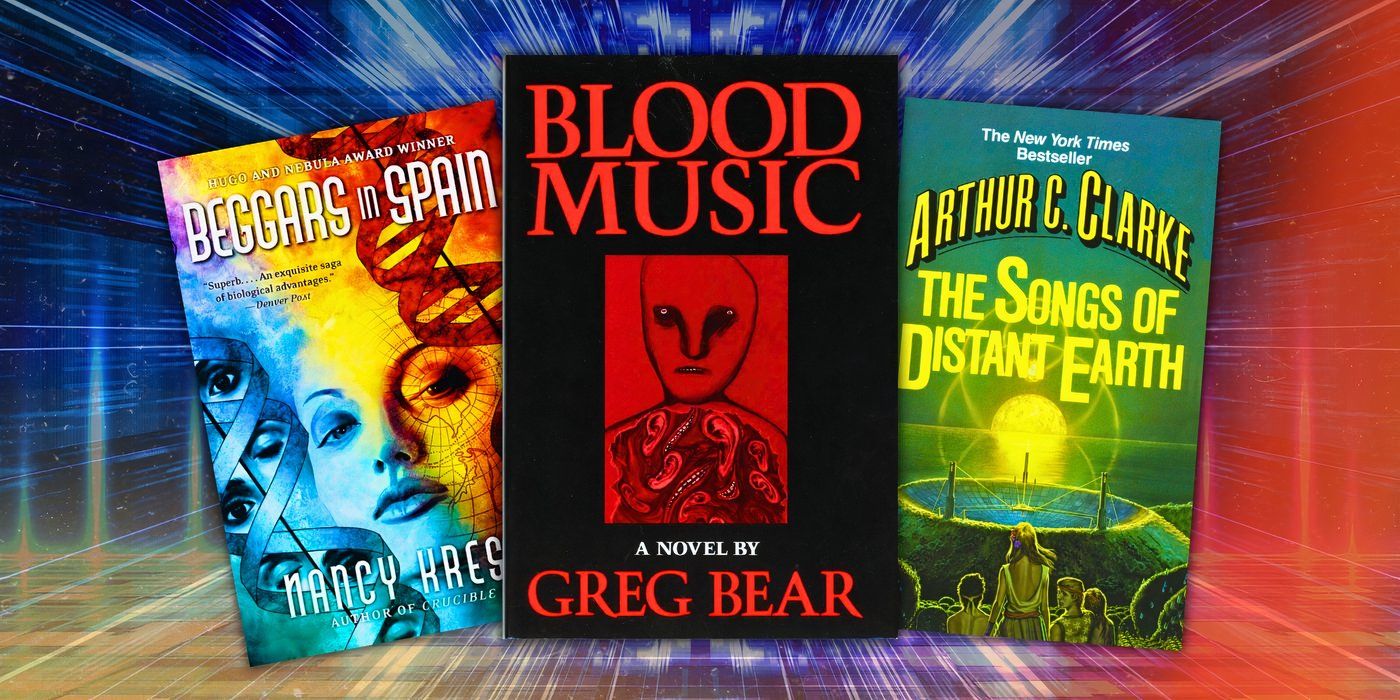
Related
10 Underrated Sci-Fi Books That Should Be On Everyone’s Radar
Sci-fi books like Dune or 1984 have remained memorable and highly praised for years, but there are some novels that don’t get enough attention.
8
Dark Matter (2016)
Written by Blake Crouch
The Dark Matter show makes big changes to Blake Crouch’s book, but that hasn’t stopped audiences from being heavily invested in the outcome of the series. While many sci-fi books offer glimpses of humans looking out for each other, Dark Matter is as bleak as its name suggests. While parallel universes and multiple dimensions have been frequent topics of discussion in film and media, Dark Matter took this concept to a whole new level in the original text. The protagonist, Jason, encounters another version of himself, and his life is changed forever.
Unlike movies and TV shows that deal with multiple realities, Dark Matter is firmly rooted in physics and how the ability to travel between worlds was created. The second version of Jason is the one who created the box that makes interdimensional movement possible, which sets Jason on an odyssey to get back to his original life and family. However, with every decision he makes, a new reality is created. The many Jasons make for an ever-present threat and allow the book to reach the inevitable conclusion of this theory of intersecting realities.
7
The Word For World Is Forest (1972)
Written by Ursula K. Le Guin
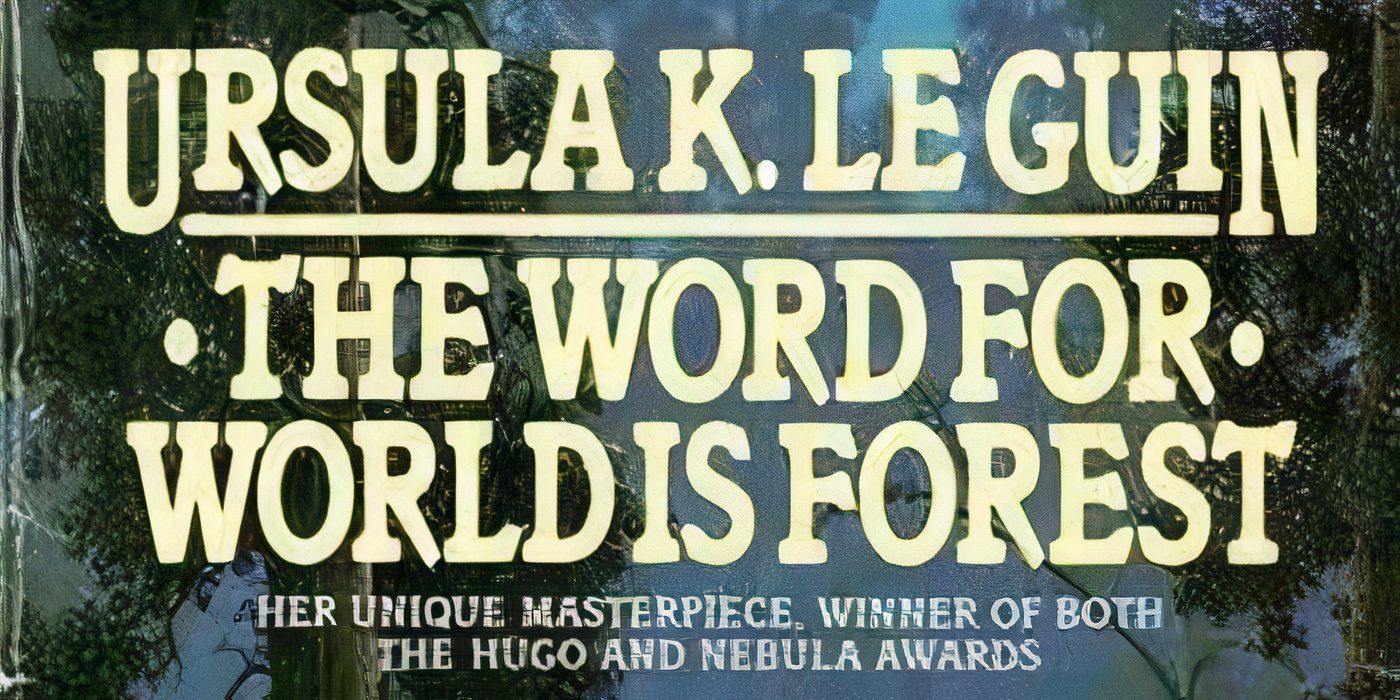
Ursula K. Le Guin made modern science fiction what it is today and explored imaginative and deeply moving aspects of the genre through her work. Her other novels, like The Left Hand of Darkness and The Earthsea Cycle, have found great longevity among lovers of sci-fi and fantasy. However, The Word For World Is Forest might be her most emotional and scientific appeal for climate justice. Long before the depth of the climate crisis was realized, Le Guin argued for the preservation of the planet’s natural resources and justice for the people who protect it.
The thrust of the book revolves around the colonization of a planet similar to Earth at the hands of invading humans who have stripped their own planet of all its riches. There, the humans encounter the human-like species, Athsheans, native to the planet, and are quick to brutalize them. After facing violence at the hands of humans and witnessing the destruction of their home world, the Athsheans have no choice but to fight back. However, Le Guin does not stop at a comment on environmental justice and delves into the deeper impact of humanity’s cruelty.
6
Klara And The Sun (2021)
Written by Kazuo Ishiguro
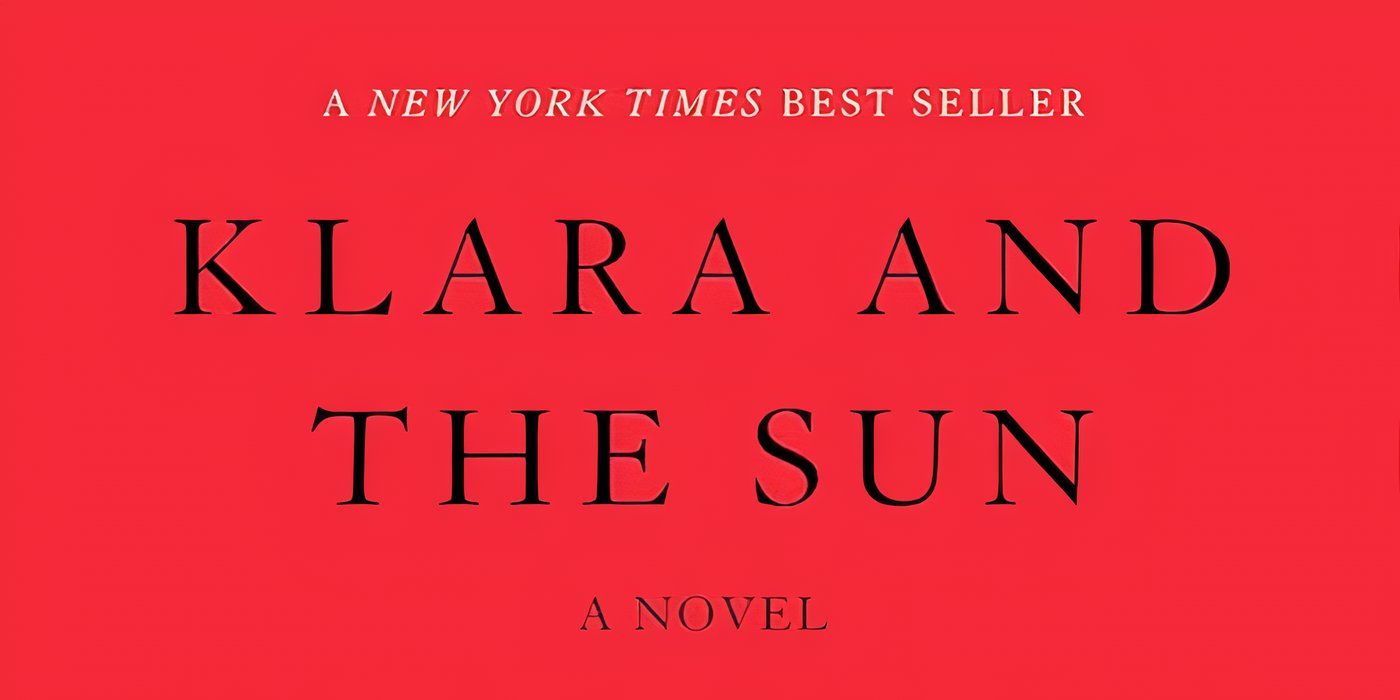
Klara and the Sun is a science fiction novel that belongs to the rare genre niche that doesn’t fear artificial intelligence but makes a case for its possible humanity. The titular character and protagonist of the novel is Klara, a piece of AI designed to be a companion for children who learn at home on computers. Though told from the perspective of a computer, Klara and the Sun is deeply in tune with the natural world, as Klara uses solar power to fuel herself and treats the sun as an essential element the way it is to humans.
Her interest in the world and the sun immediately cultivate empathy and understanding in the reader. The feelings that Klara has toward her human companion, Josie, are akin to the love of a parent, and Klara continuously makes sacrifices and pleas to the universe to save Josie’s life. If artificial intelligence truly became capable of this level of kindness and humanity, it’s likely that the mounting fear of its progress would dissipate. As much as sci-fi can be used as a cautionary tale, Klara and the Sun proves that it can also be a beacon of light.
5
The Martian (2011)
Written by Andy Weir
Both reading the 2011 novel and watching the 2015 film The Martian is a test of endurance, as the way Mark, the protagonist, manages to survive alone on a desolate planet is shocking. After accidentally being left behind during his mission to the Red Planet, Mark devises method after method to keep himself alive as his supplies run low and the possibility of rescue grows slim. However, at every turn, Mark never fails to give up. The author, Andy Weir, supplies him with scientifically believable ways of creating water and growing plants through basic chemistry and physics.
It’s during Mark’s rescue that the details start to get hazy. It becomes difficult for a non-scientifically-minded reader to grasp the physics behind his escape from Mars. However, this matters less, as the reader is already invested in the outcome, and Mark has proven his abilities. Matt Damon does a great job bringing Mark to life and communicating the desperation of his situation to the viewer, but Mark’s time spent on Mars is even more excruciating when reading the novel. While not every part of The Martian is scientifically accurate, many of its plot points are backed by research.
4
The Moon Is A Harsh Mistress (1966)
Written by Robert A. Heinlein
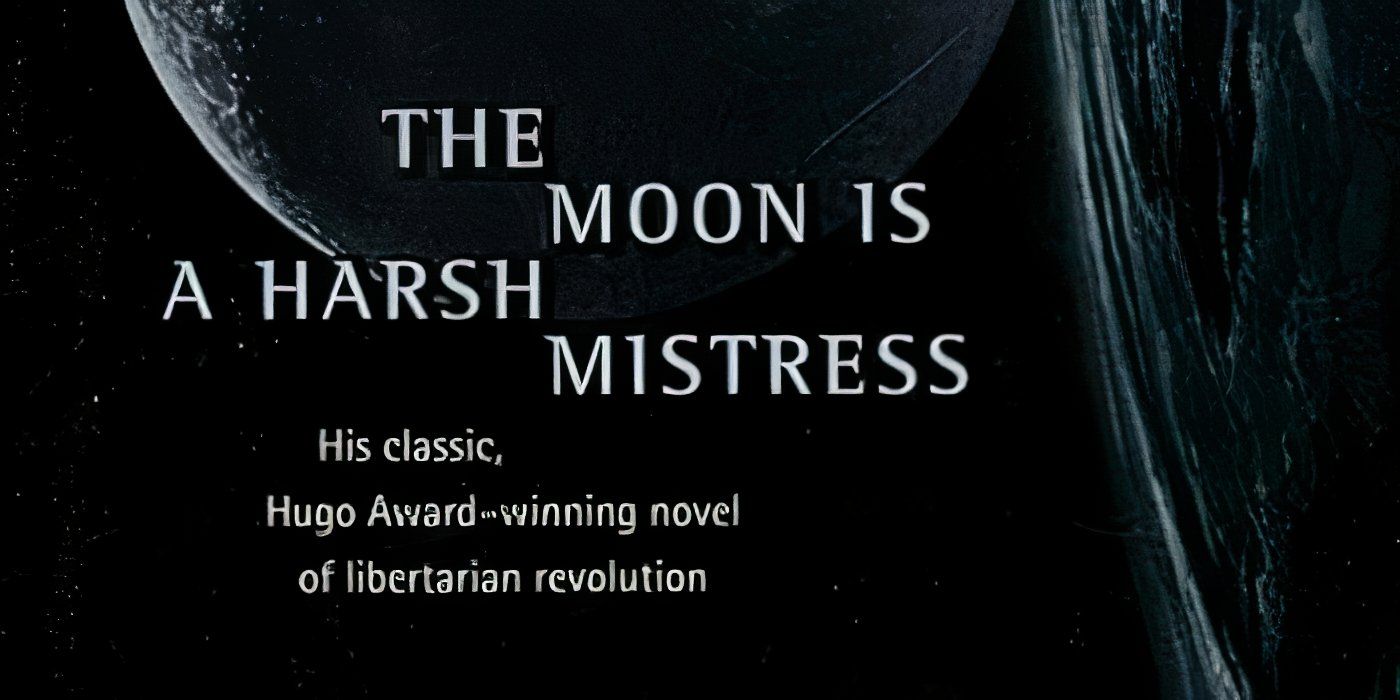
The Moon Is a Harsh Mistress is the oldest book on the list and has dated elements, but few works of fiction have so believably captured what a living, breathing colony on the moon would look like. Books that explore space travel and the settlement of new worlds are inextricably intertwined with past and present issues of colonization and the deep-rooted effects white settler colonialism has had on so many cultures. However, The Moon Is a Harsh Mistress explores what revolution might look like in the age of space exploration and artificial intelligence.
It’s not just the science that’s realistic in The Moon Is a Harsh Mistress, but the interpersonal dynamics and governmental intricacies of the colony. The characters feel warm and passionate about their cause of liberation, and their savvy political movements feel akin to how world leaders operate today. Additionally, The Moon Is a Harsh Mistress doesn’t fall into the trap of making its hyper-intelligent computer an enemy but positions it as a friend and ally to the leaders of the revolution.
3
Diaspora (1997)
Written by Greg Egan
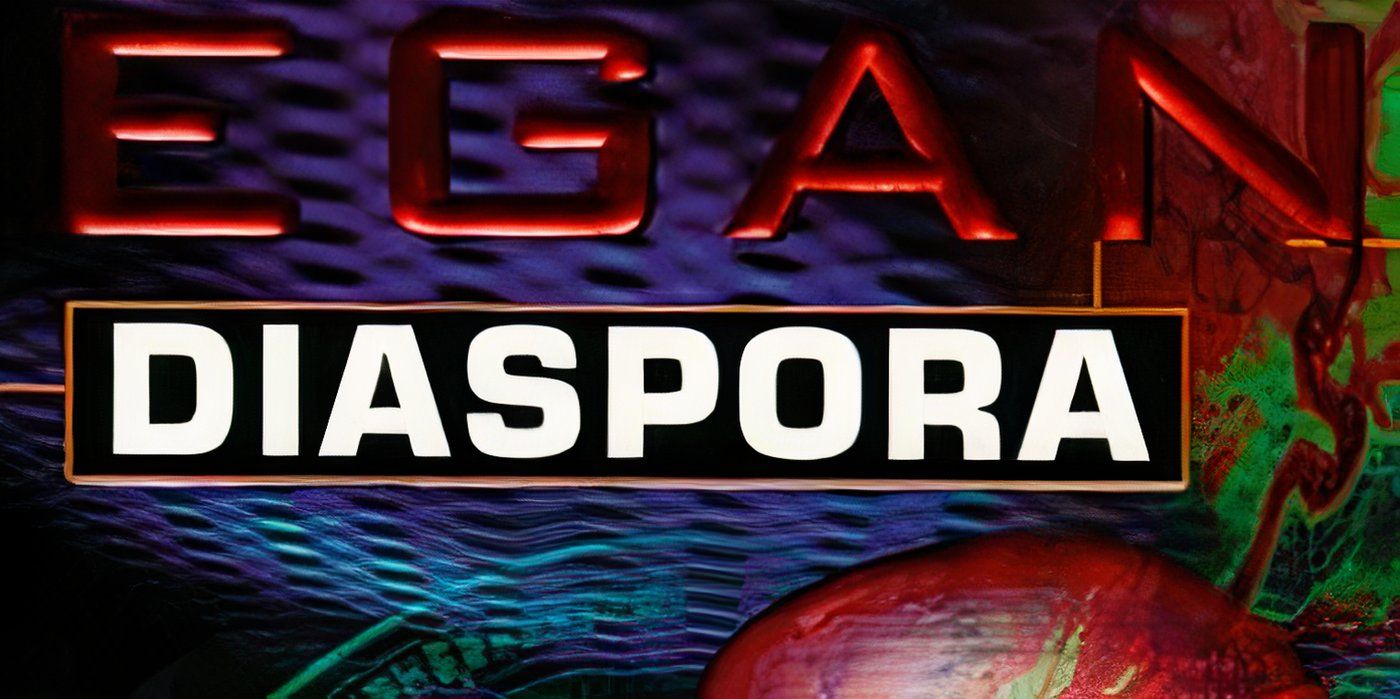
Diaspora falls decidedly into the hard science niche with sci-fi, as it takes the potential of a future where the physical and biological imperatives of the human race have been practically eliminated. The author, Greg Egan, crafted a logical world, highly in tune with itself, and went so far as to create fictional theories of physics to fall in line with the story’s world. Though the title, Diaspora, has great significance in the contemporary context, it takes on a new meaning within the book. Humanity has predominantly uploaded itself to advanced computer simulations called polises, where their consciousnesses live.
Reading Diaspora can be almost as dense as reading a textbook at times, but this is because Egan is so dedicated to crafting the most realistic story possible. Egan takes the intelligence of his audience base seriously, but sometimes, his dedication to exploring high-level mathematical theory comes at the cost of the story and characters. However, once the difficult language is parsed through, there lies a rich exploration of what it means to be human. For the best enjoyment of Diaspora, it is best read with a scientific dictionary and a quick internet search close at hand.
2
The Three-Body Problem (2006)
Written by Liu Cixin
Recently turned into a TV series for Netflix, there have been six TV and movie adaptations of 3 Body Problem, but none are as comprehensive as the original text. The book’s story spans several novels, but the first installment is regarded as especially impactful because it introduces the science and rules of the narrative. Alien life and the invasion of Earth by extraplanetary forces is not new ground for sci-fi to cover, but The Three-Body Problem makes the topic new by questioning what humanity would do if they had generations to prepare for it.
The story is deeply immersed in Chinese history, as it begins during the Cultural Revolution, and the protagonist, Ye, is disillusioned with humanity and people’s ability to govern and make peace. The novel was hailed as a revolutionary piece of science fiction at the time of its release. Though portions of the story spell disaster for the human race, there is a glimmer of hope in The Three-Body Problem. Taking its name from the famous scientific problem of the same name, it describes the chaos of multiple particles orbiting each other, drawing parallels to the many factions of Earth.
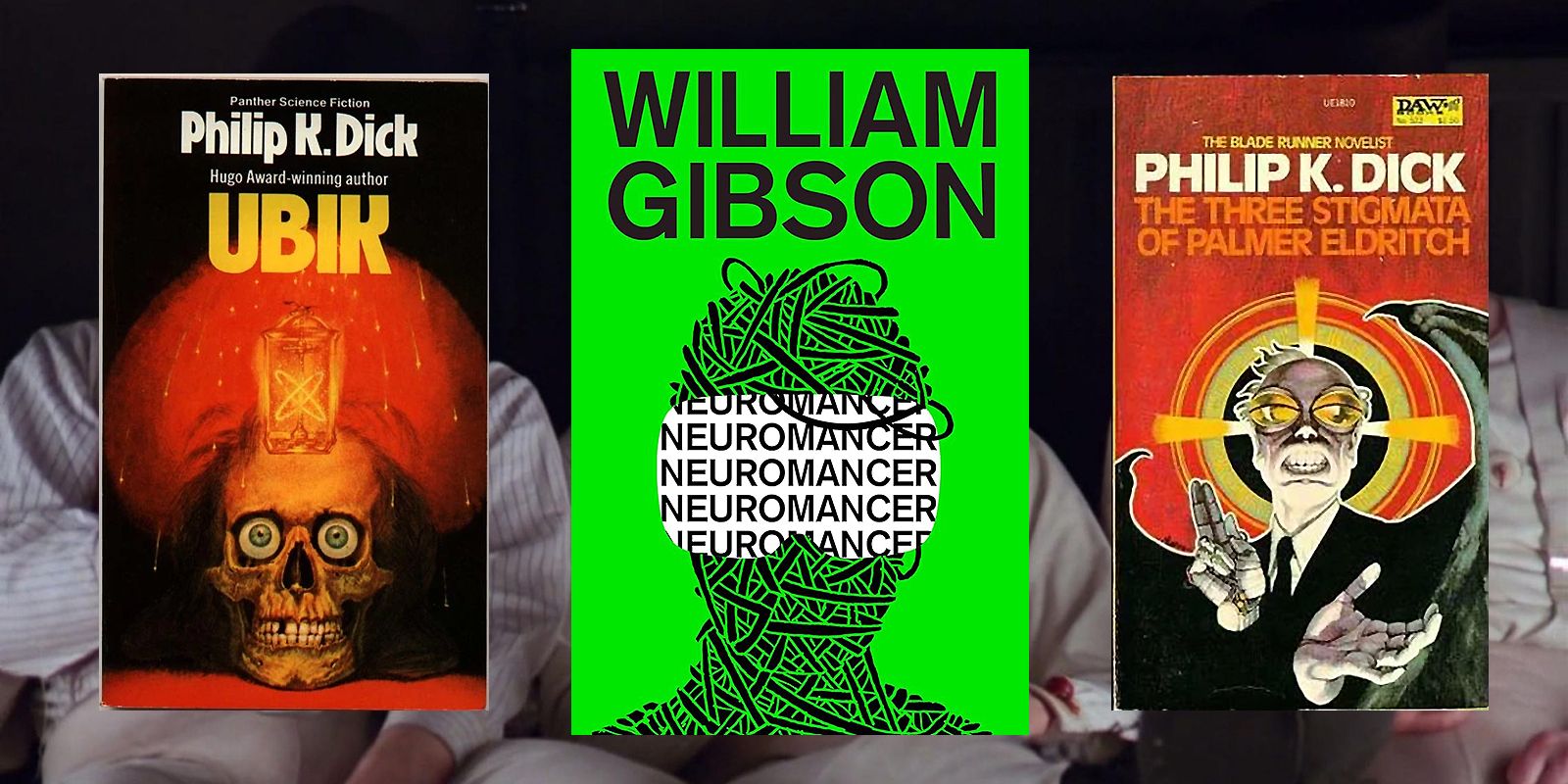
Related
10 Trippiest Sci-Fi Books Of All Time
While many sci-fi books bend the bounds of reality, these 10 sci-fi novels are truly trippy, making their world-bending plots all the more memorable.
1
Parable Of The Sower (1993)
Written by Octavia E. Butler
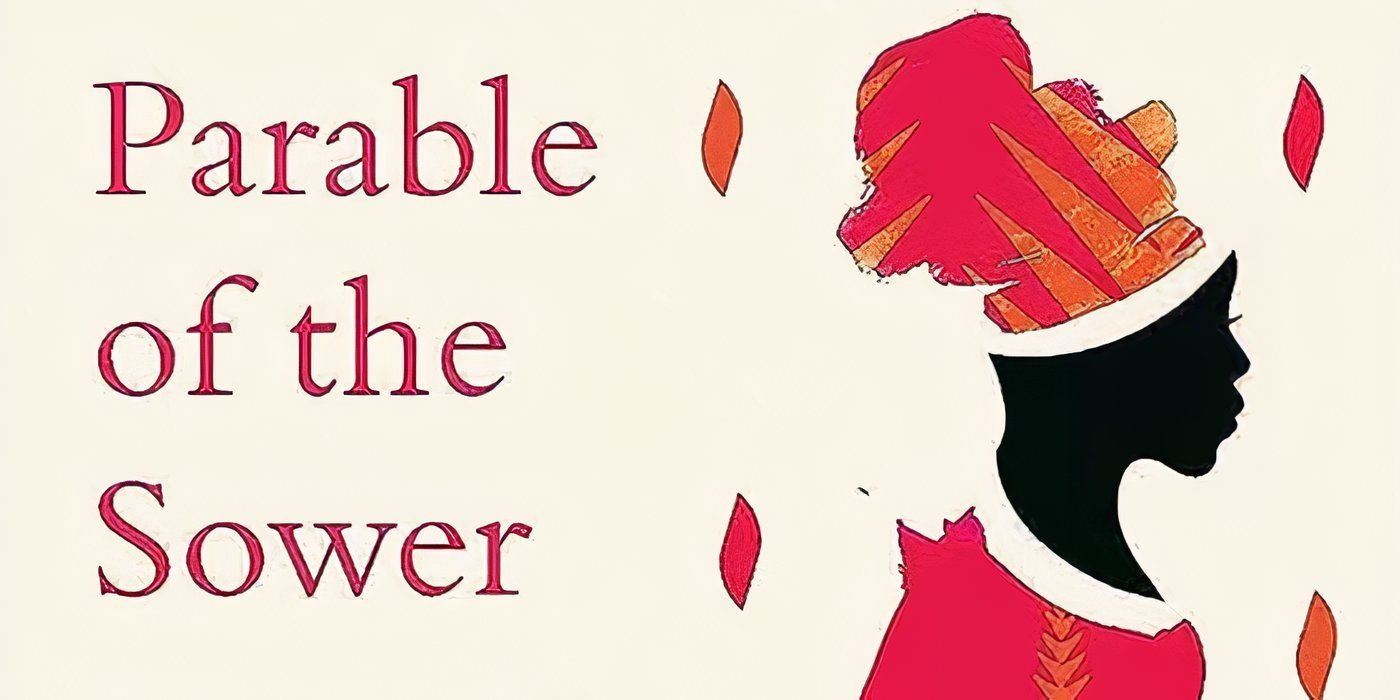
Octavia E. Butler is one of the most important sci-fi writers of all time, making it difficult to choose just one of her works to elevate as the most impactful. Most, if not all, of her writing is in conversation with the contemporary era and infuses race, class, and gender into questions about the future of humanity. Butler was part of the Afrofuturism movement, helping push the boundaries of science fiction to expand beyond the voices of white authors in mainstream circles. Parable of the Sower is one of Butler’s most enduring works and furthered sci-fi exploration of climate change.
Followed by the sequel, Parable of the Talents, the novel feels excruciatingly immediate, as the events begin in 2024, a little over three decades from when Butler wrote the first installment. It takes place in the United States and sees its protagonist, Lauren, develop keen ideas and beliefs about humanity as it collapses around her. A post-apocalyptic fable, the book infuses elements of fantasy through Lauren’s superhuman empathy and sci-fi in Lauren’s desire to see humanity grow among the stars. Reading Parable of the Sower today is just as pressing and powerful as it was when it was released.


